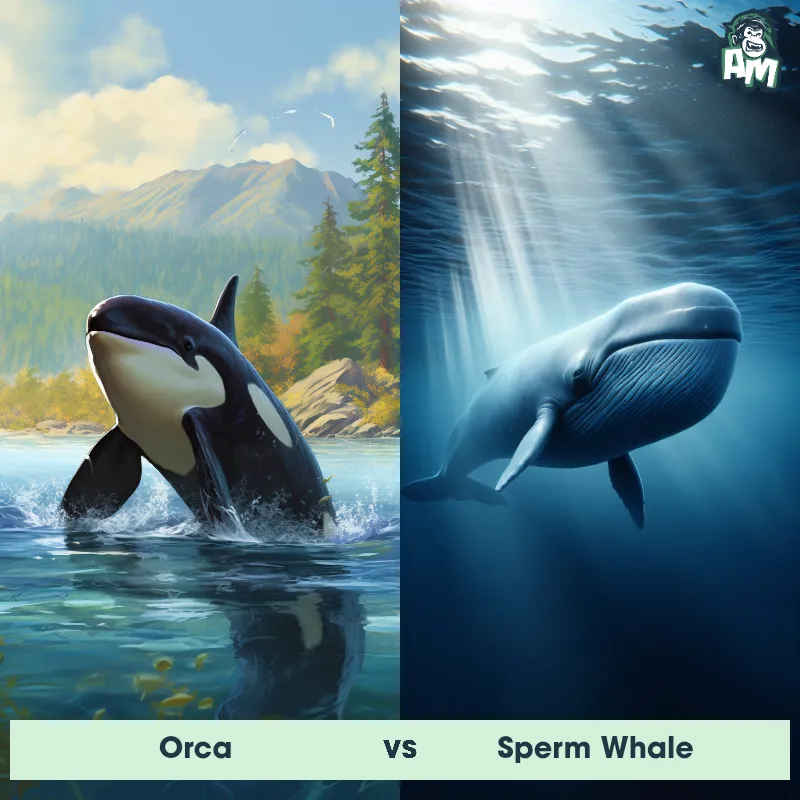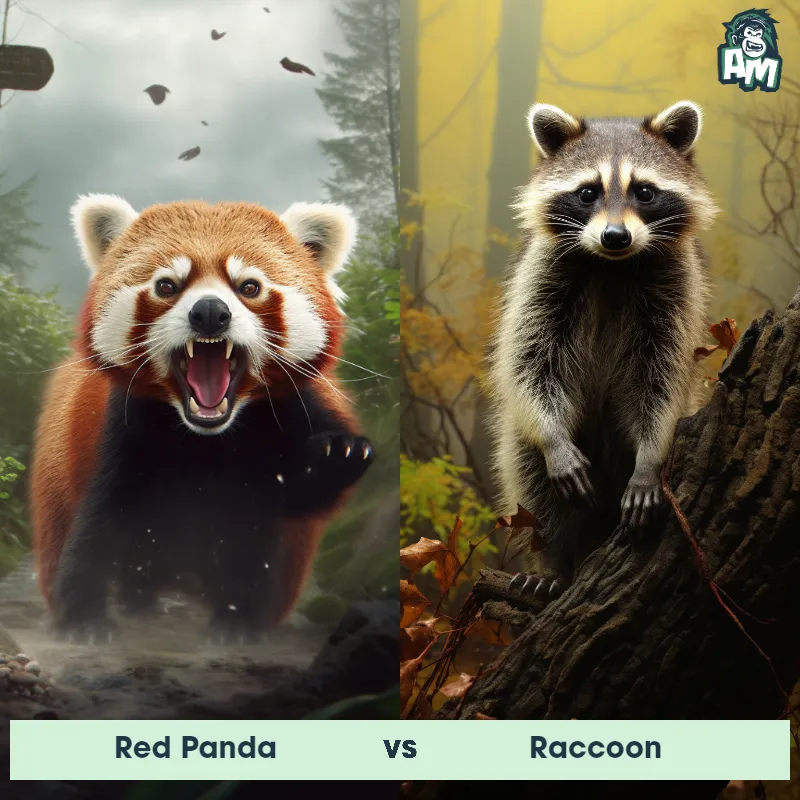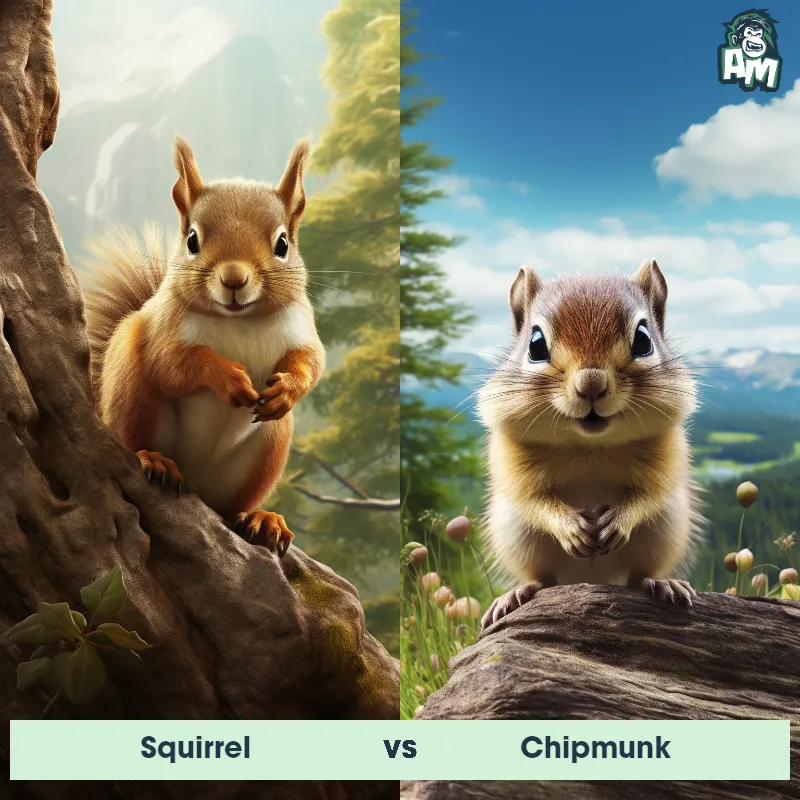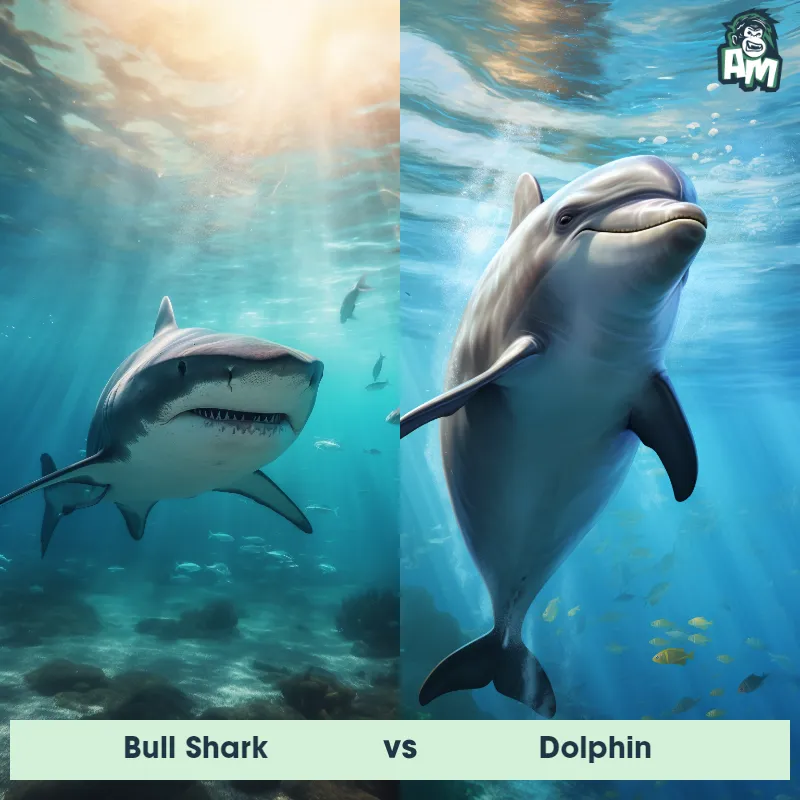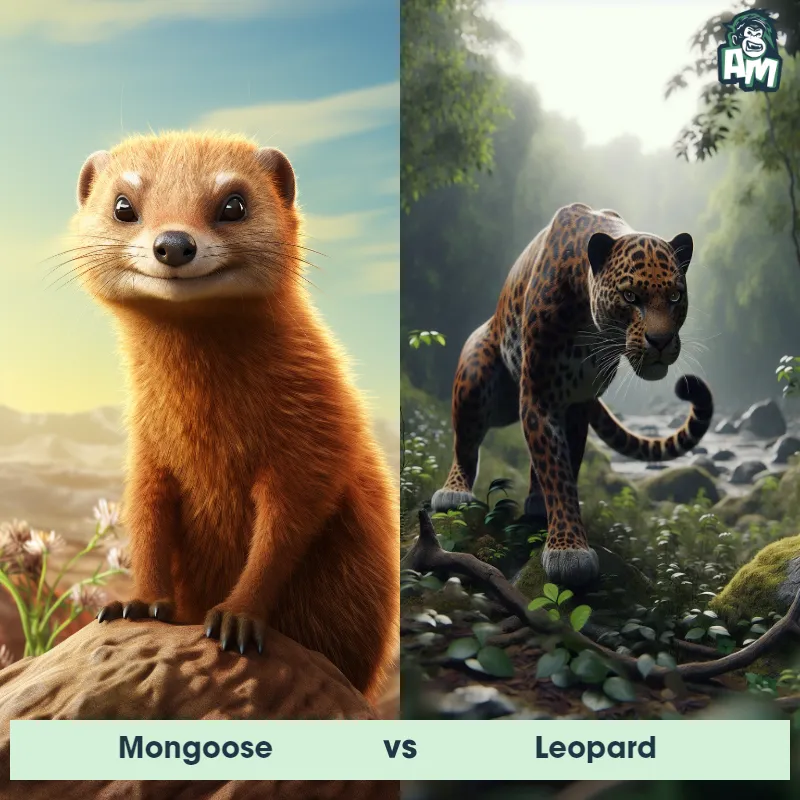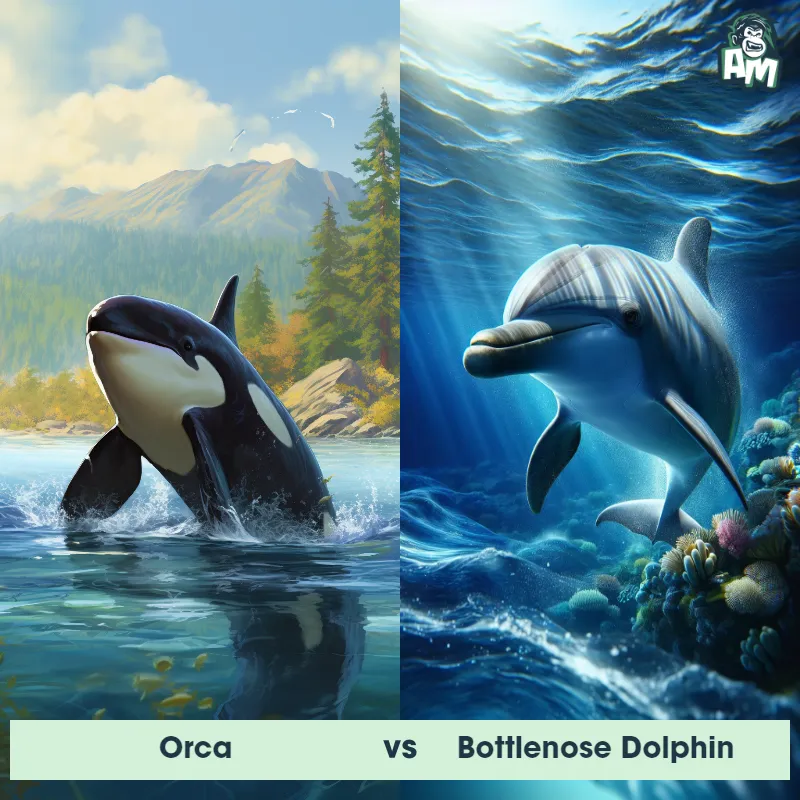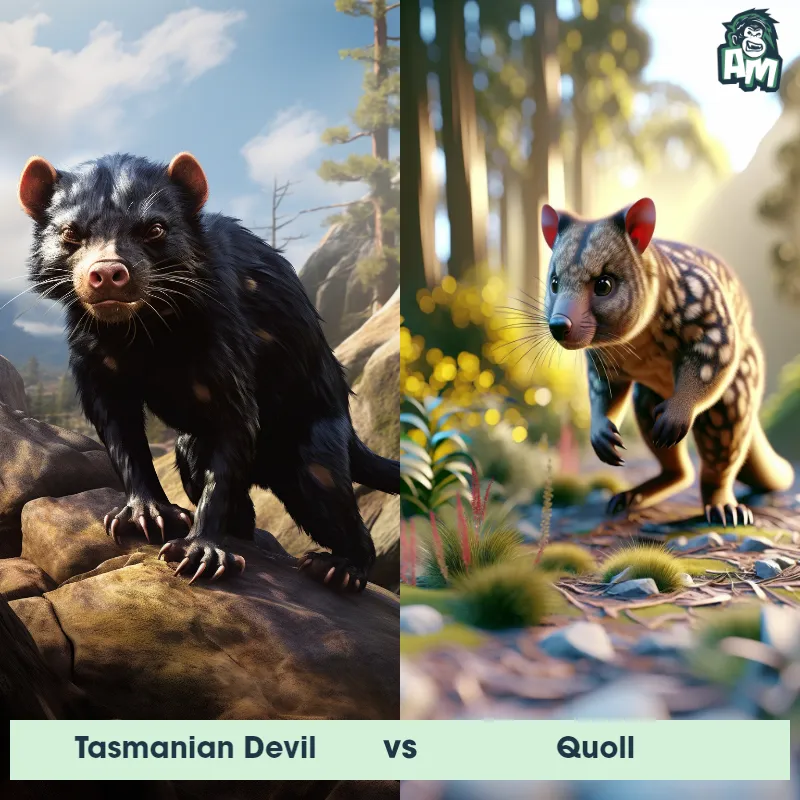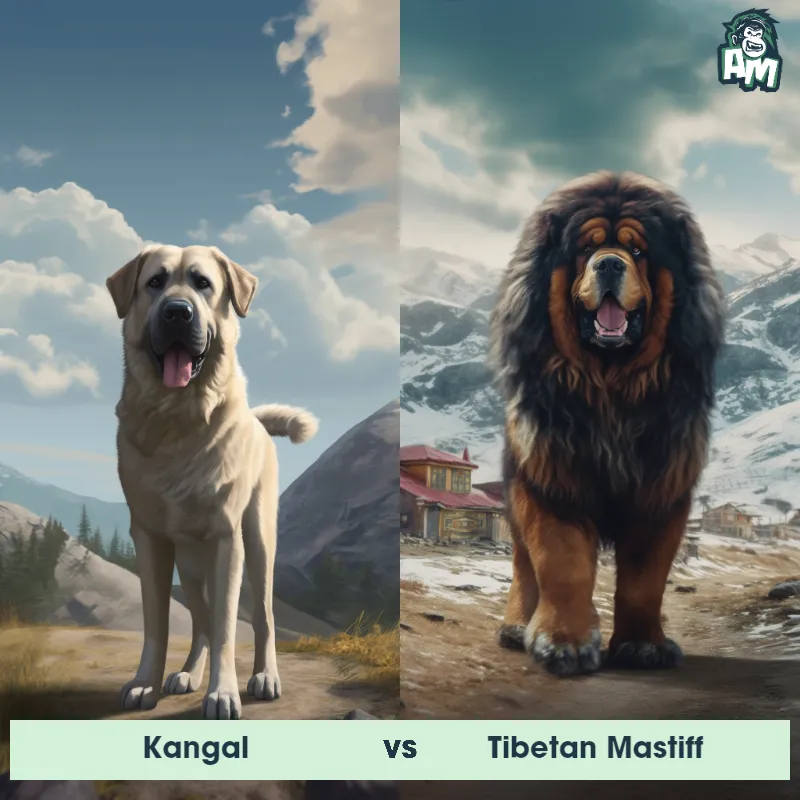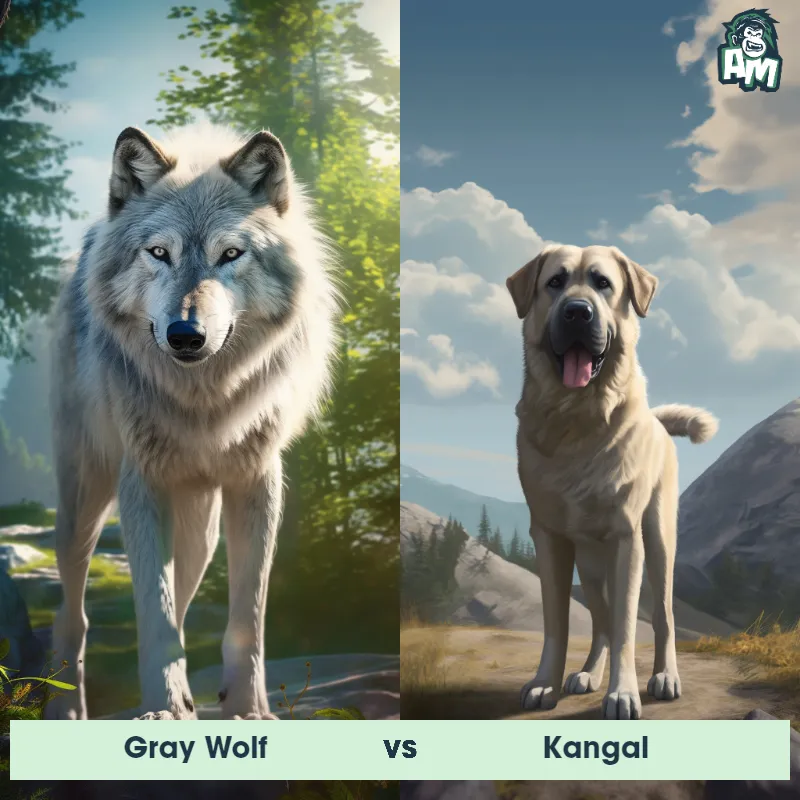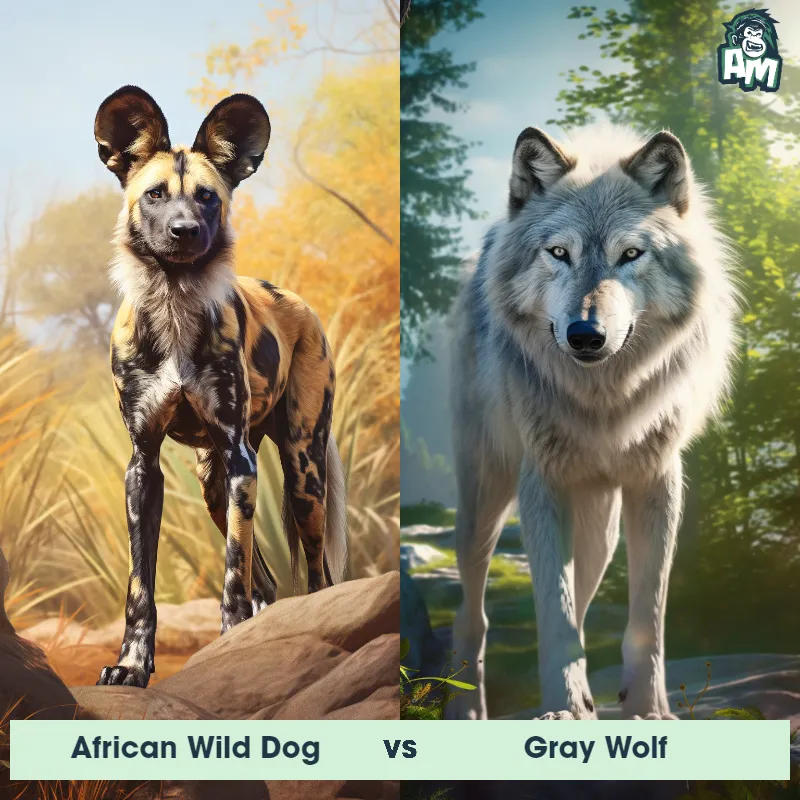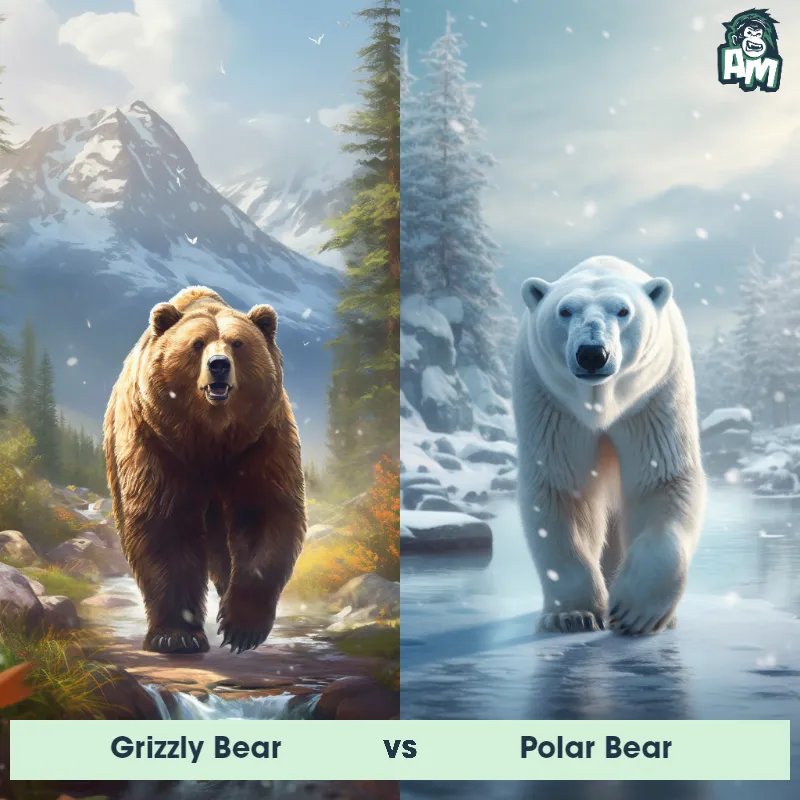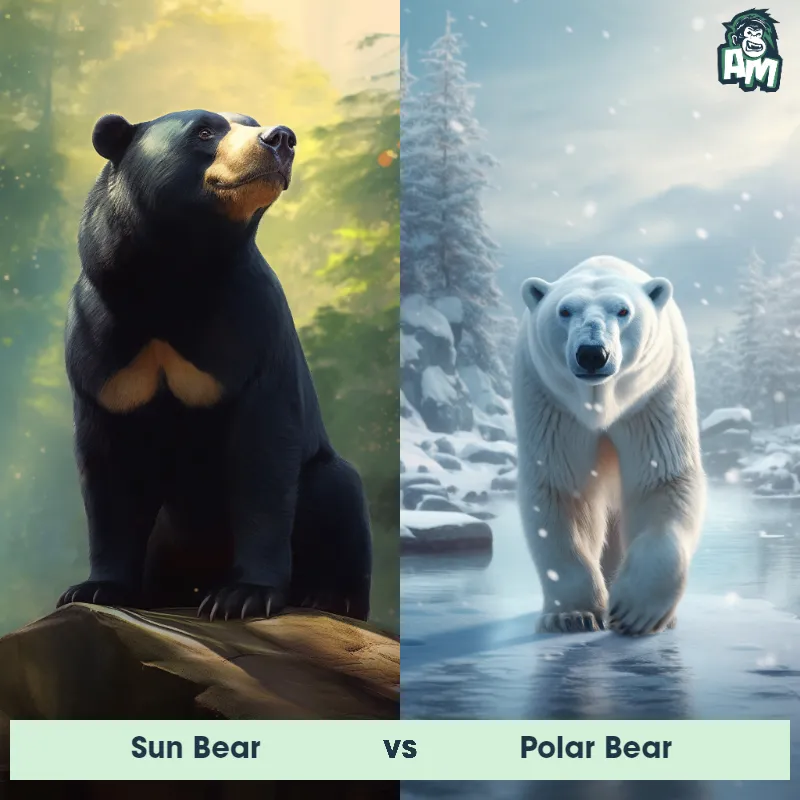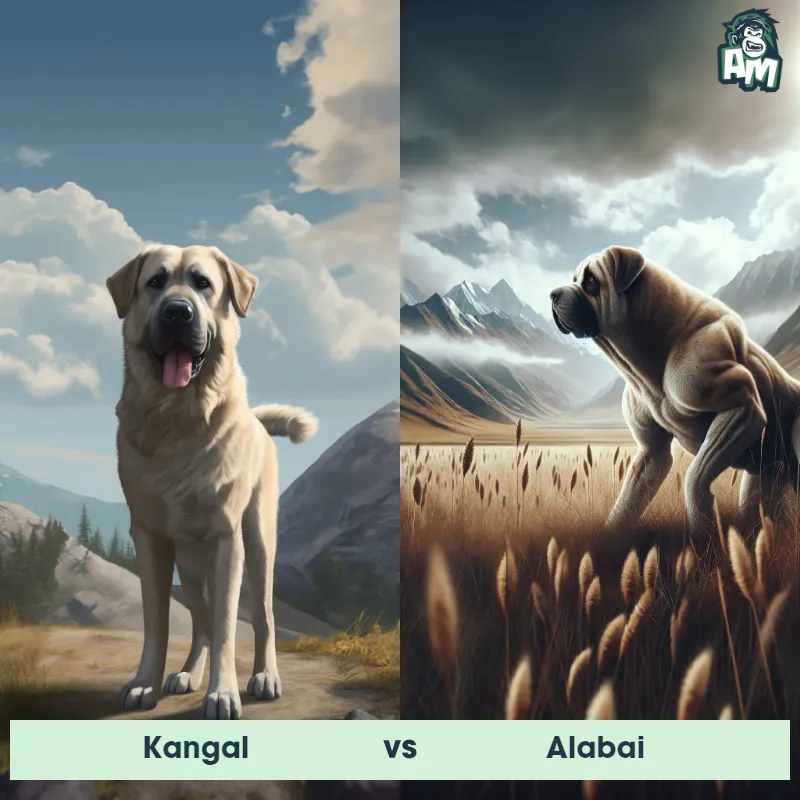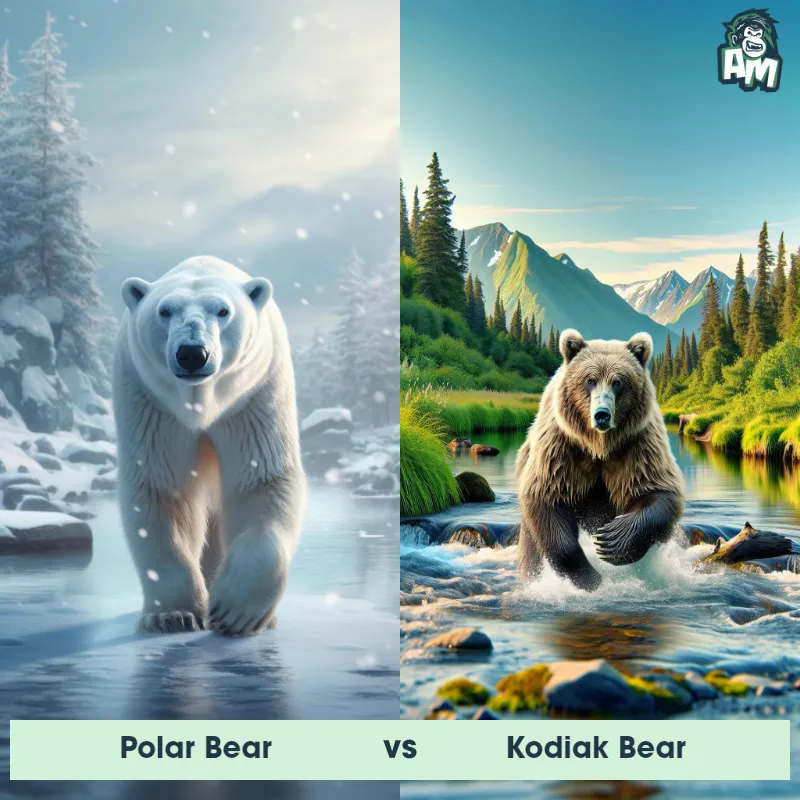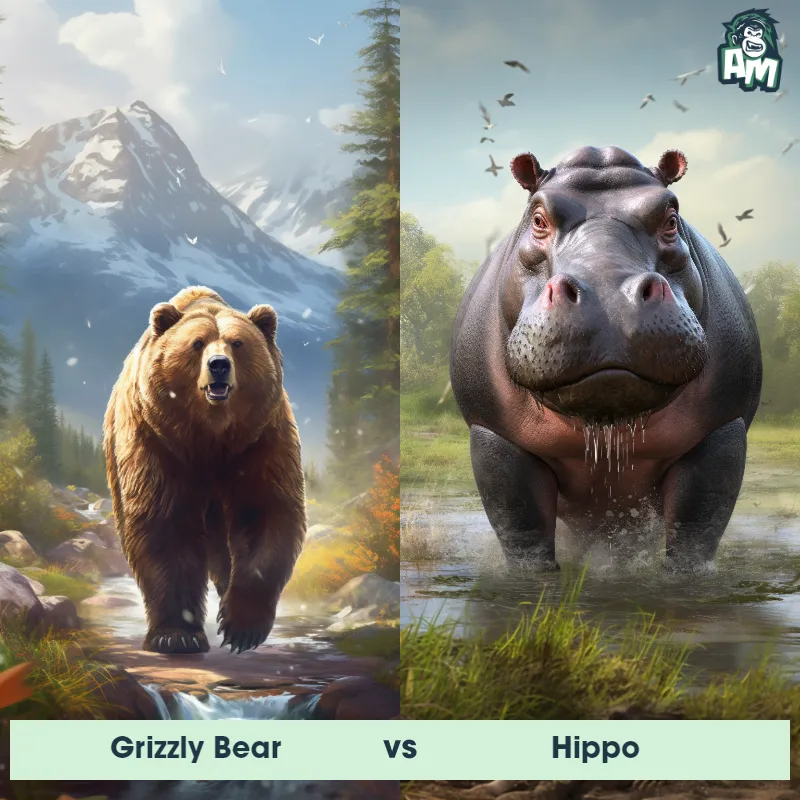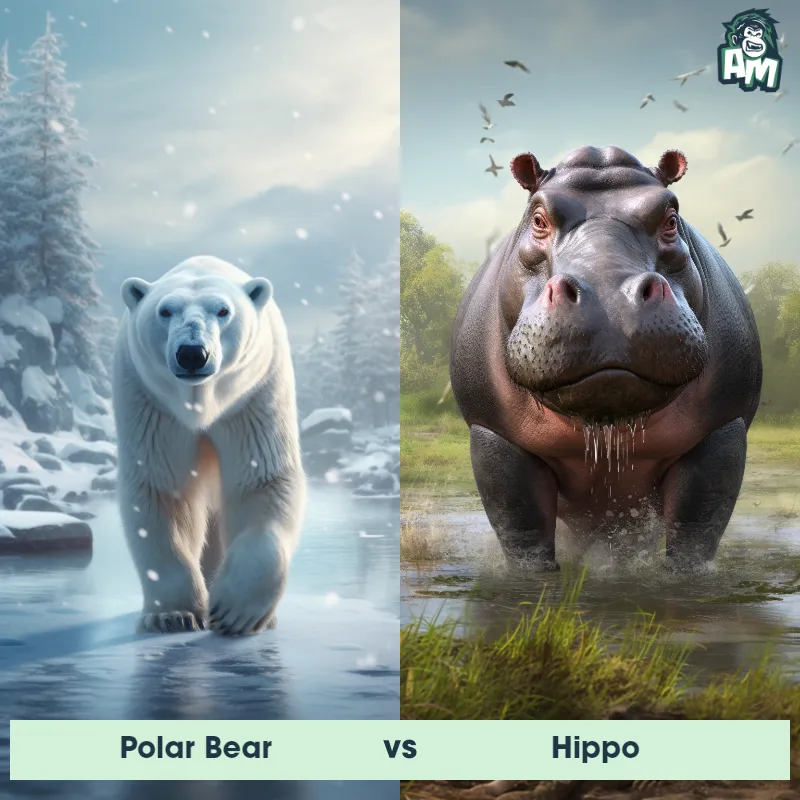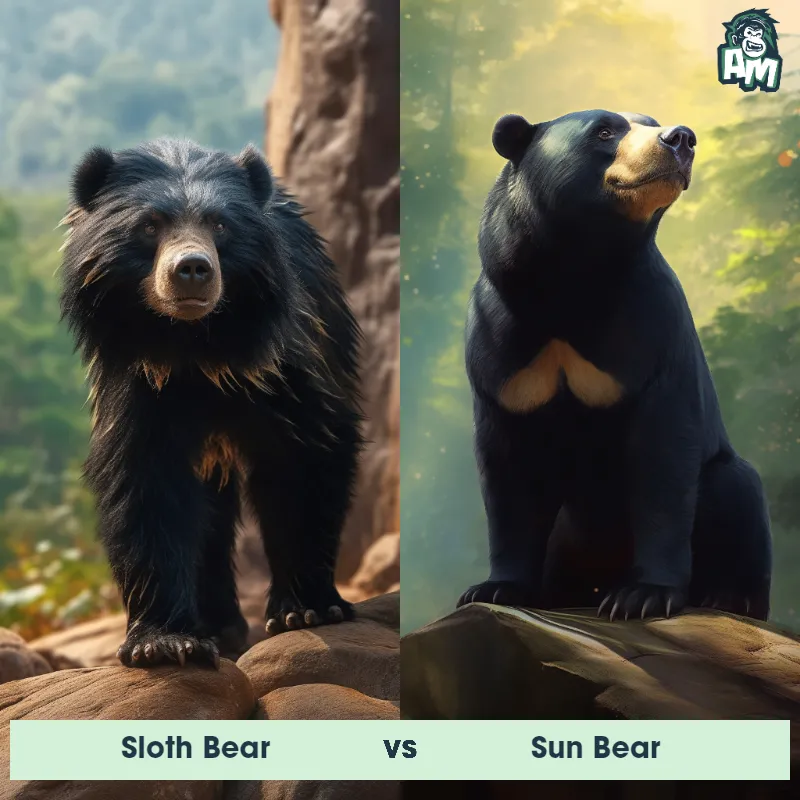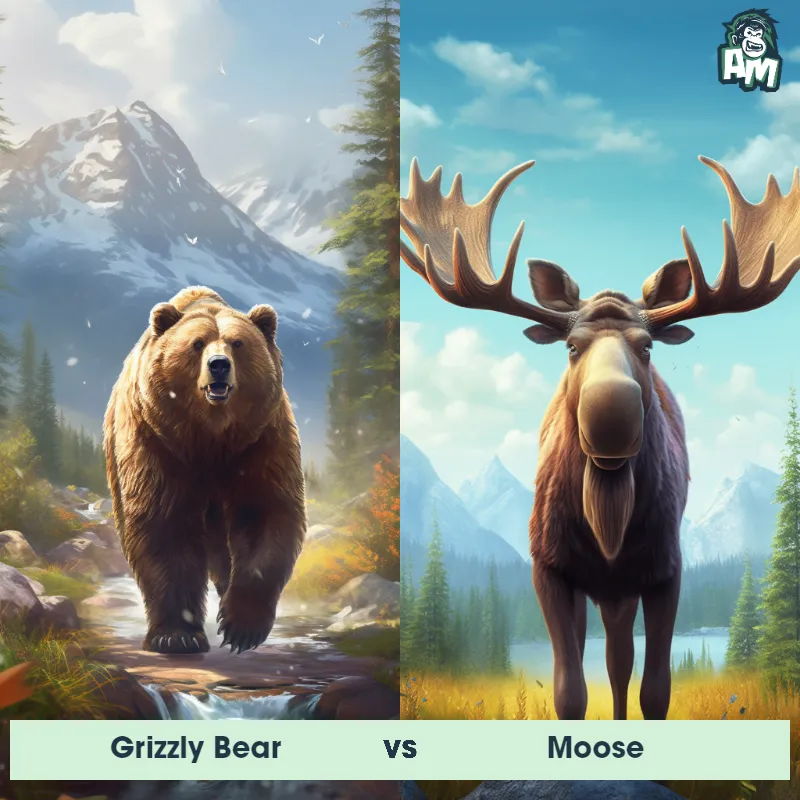Polar Bear vs Arctic WolfSee Who Wins

Ladies and gentlemen, welcome to this thrilling matchup here at our electrifying arena! Tonight, we have a gripping contest between two majestic creatures of the frozen north, the Polar Bear and the Arctic Wolf. These formidable competitors have stepped into the ring, ready to showcase their strength, agility, and cunning. It's going to be an epic battle to determine who will emerge victorious in this battle of the fittest!
Contender 1: Polar Bear
The Polar Bear, also known as the Ursus maritimus, is a large carnivorous mammal that inhabits the Arctic region. They have a thick white fur coat that helps them blend in with their snowy surroundings, and their large paws are equipped with sharp claws that allow them to grip onto ice and catch prey. Polar Bears are excellent swimmers and can swim for long distances in search of food. They are also known for their incredible sense of smell, which they use to detect prey from miles away.
![[object Object] Gif](https://tenor.com/view/fight-mission-critical-nat-geo-wild-scuffle-brawl-gif-20524033.gif)
Fun Fact: Polar Bears have a layer of fat that can be up to 4.5 inches thick, which helps them stay warm in the frigid Arctic temperatures.
Contender 2: Arctic Wolf
The Arctic Wolf Canis lupus arctos is a subspecies of gray wolf that inhabits the Arctic regions of North America and Greenland. These majestic creatures have adapted to survive in the harsh Arctic environment with their thick white fur, which acts as camouflage in the snowy terrain. They have smaller bodies compared to other wolf species, with an average weight of 75-100 pounds. Arctic wolves are well-known for their incredible ability to endure extreme temperatures as low as -50°C. Their keen sense of hearing and smell, along with their strong, muscular build, makes them highly effective hunters.
Fun Fact: The Arctic Wolf's fur is not actually white, but made up of hollow, transparent hairs that scatter and reflect light, giving them the appearance of being white, and allowing them to blend with the snowy landscape.
Matchup Stats
| Polar Bear | Arctic Wolf | |
|---|---|---|
| Size | 8-10 feet (2.4-3 meters) | Height: Up to 30 inches (76 cm) / Length: Up to 5 feet (1.5 meters) |
| Weight | 900-1,600 pounds (408-725 kilograms) | 75-100 pounds (34-45 kilograms) |
| Speed | Speed: 25 mph (40 km/hr) | 46mph (74km/h) |
| Key Strength | Powerful jaws and sharp claws | Strong bite force and endurance |
| Biggest Weakness | Slow movement on land | Less aggressive compared to other wolves |
Current Votes
Polar Bear vs Arctic Wolf
See Who Wins
View More Matches
Looking For More?
Similar Matches
Scientific Stats
| Polar Bear | Arctic Wolf | |
|---|---|---|
| Scientific Name | Ursus maritimus | Canis lupus arctos |
| Family | Ursidae | Canidae |
| Habitat | Arctic region | Tundra and Arctic regions |
| Geography | Arctic Circle | North America and Greenland |
| Diet | Carnivorous, primarily seals | Carnivorous, mainly preying on musk oxen, Arctic hares, and caribou. |
| Lifespan | 20 years - 30 years | 12 years - 18 years |
Key Differences between Polar Bear and Arctic Wolf
- Body shape: Polar Bears have a stocky build with a hump-like shoulder, long neck, and a broad head, whereas Arctic Wolves have a slender, more agile physique, with a narrow head and a lean body adapted for running long distances.
- Tail: The Polar Bear possesses a small, rounded tail covered in fur, while the Arctic Wolf's tail is bushy and longer in proportion, often carried low or straight out when running.
- Color: Polar Bears boast a white or creamy colored fur, which helps them blend in with their icy surroundings, while Arctic Wolves have a thick white coat that is sometimes mixed with shades of brown or gray.
- Paws and claws: Polar Bears have large, strong front paws with sharp claws, which they use for hunting seal prey and traversing Arctic ice, while Arctic Wolves have smaller paws and more curved claws adapted to dig and traverse rocky terrains.
- Proportions: The Polar Bear has shorter legs and a larger head in proportion to its body size, while the Arctic Wolf possesses long legs relative to its body size, providing it with better mobility over snow-covered terrains.
- Size: The Polar Bear is significantly larger than the Arctic Wolf, with adult males weighing around 900-1600 pounds and measuring up to 10 feet in length, whereas Arctic Wolves typically weigh between 70-120 pounds and measure around 4-5 feet in length.




